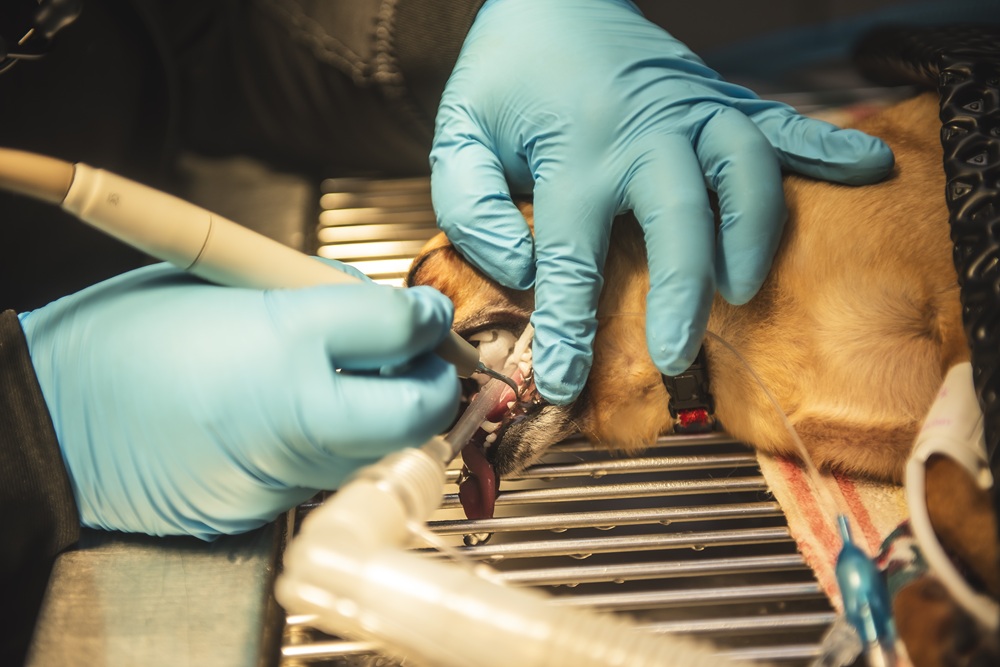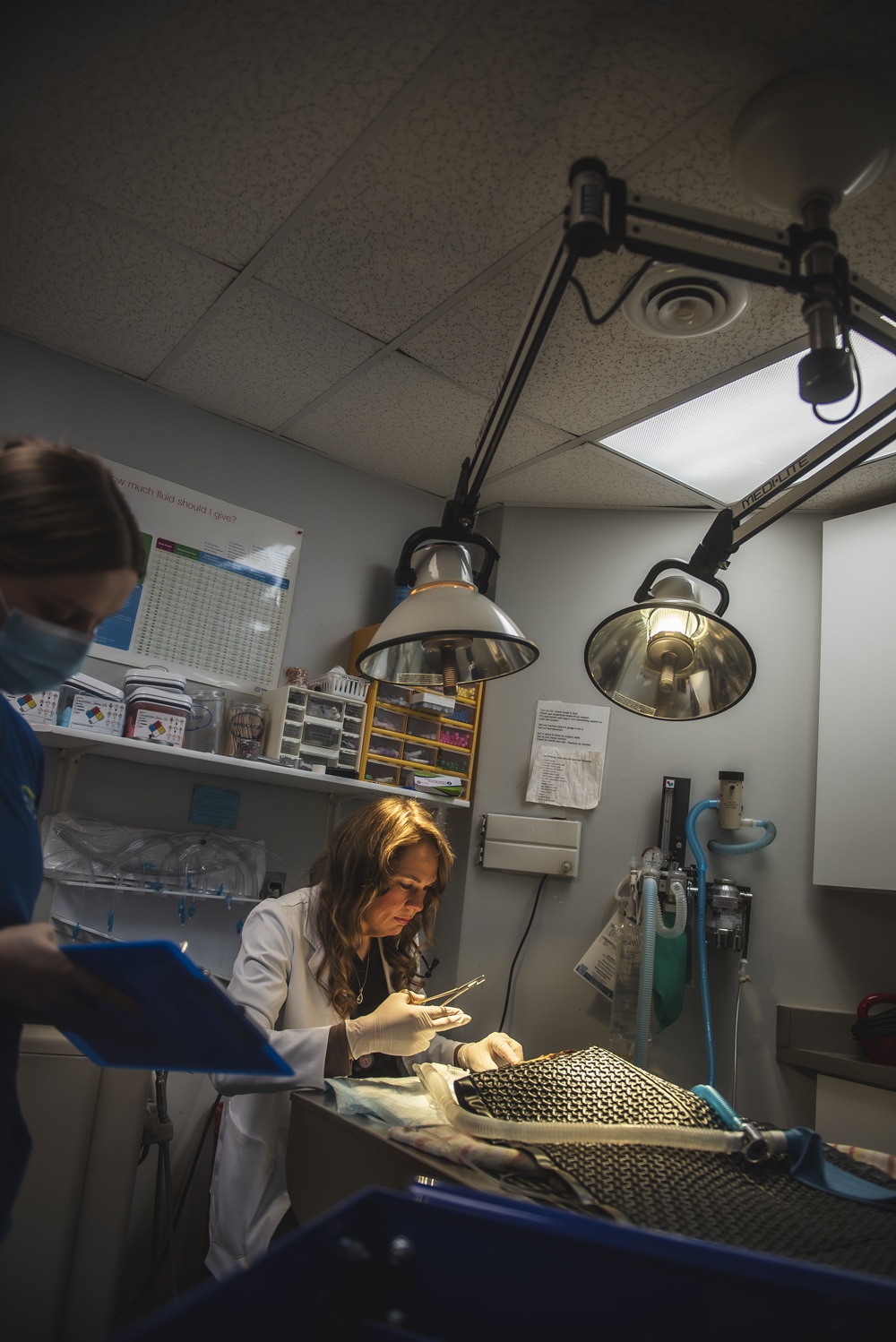Pet Tooth Extractions
At Elevate Pet Dentistry, we provide top-notch dental care for your pets. Tooth extractions in pets, much like in humans, can be crucial for preventing and treating oral pain and other health issues. Whether your cat or dog needs an extraction due to decay, injury, or other medical reasons, our team is here to ensure they receive the best possible care.


